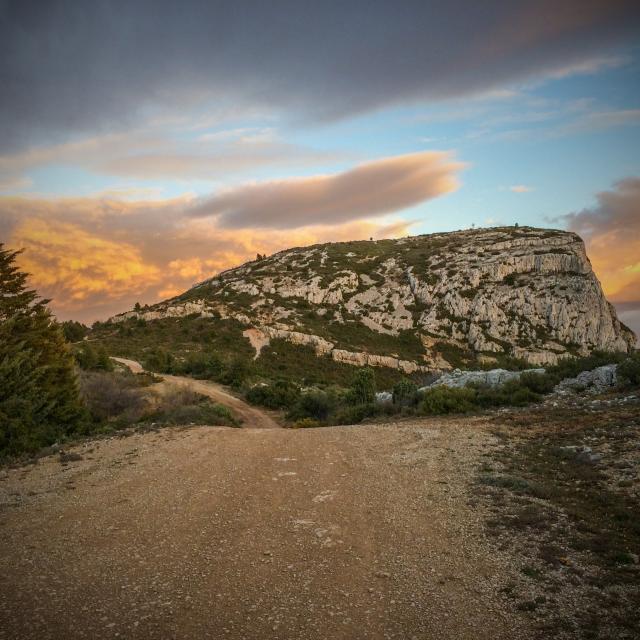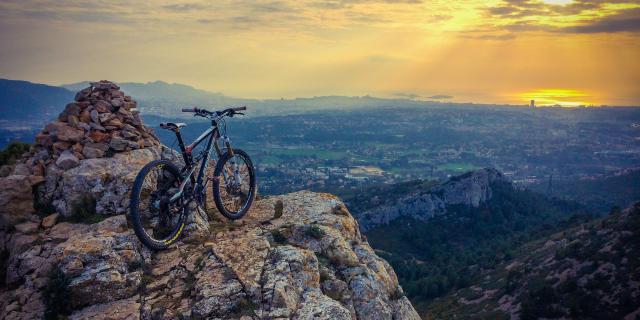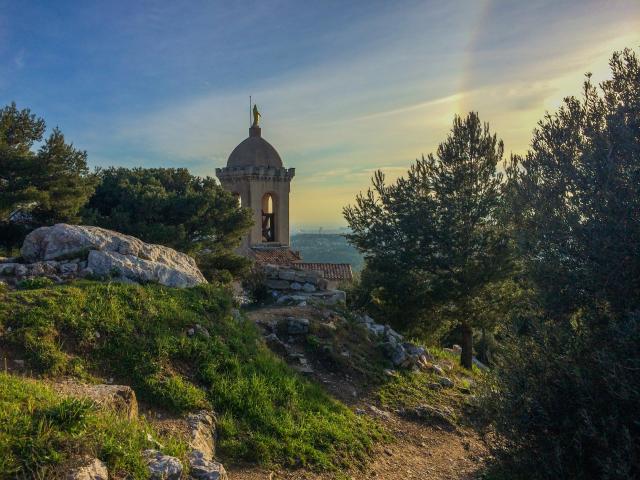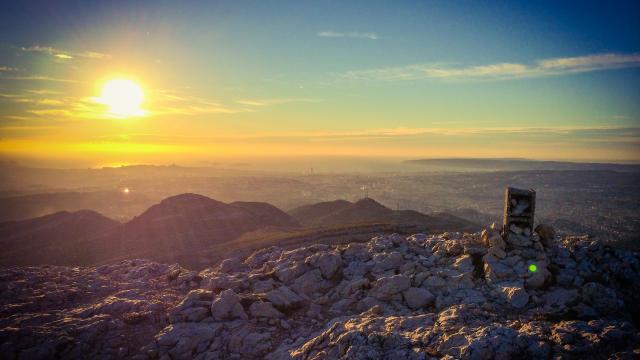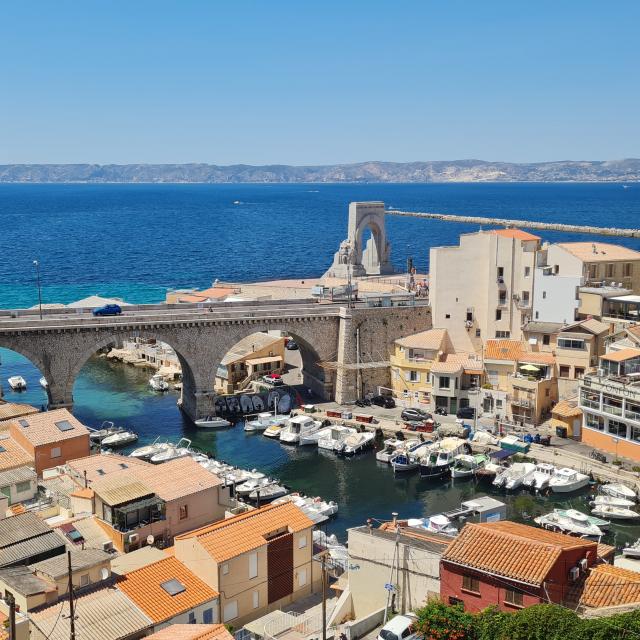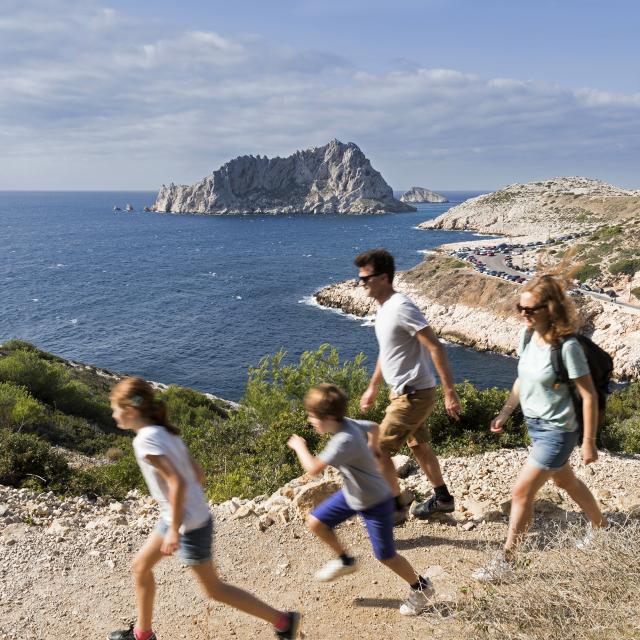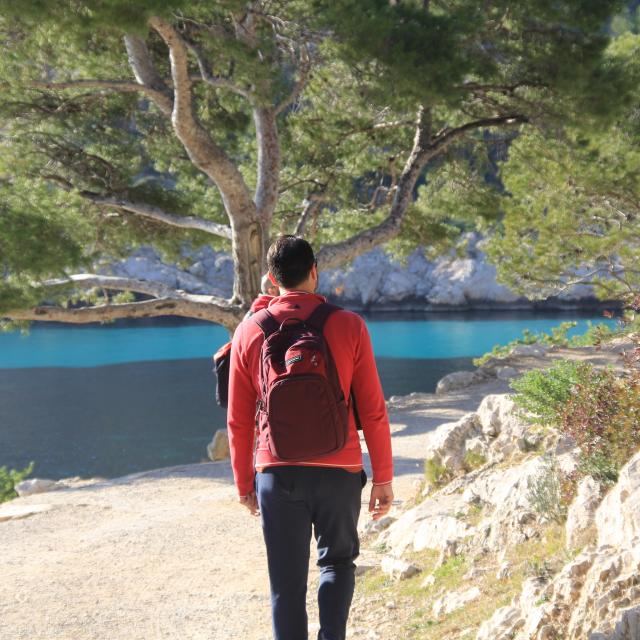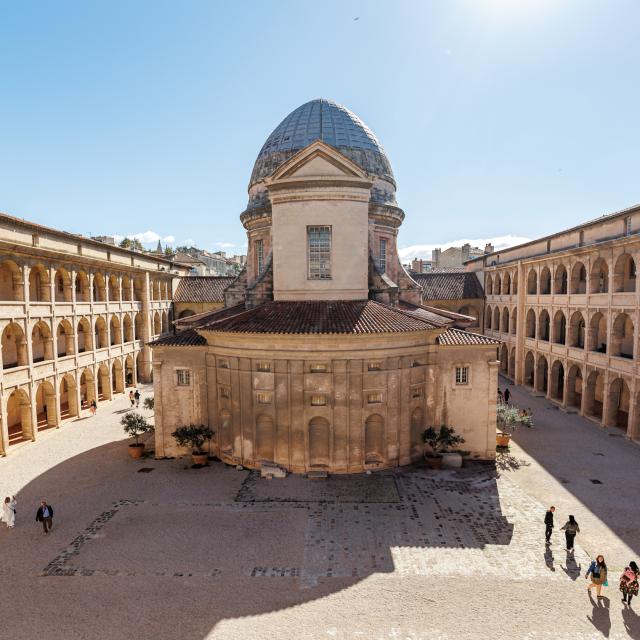Geological formation
The massif ou la chaîne de l’Etoile – both names are valid – is a limestone formation dominated by the Lower Cretaceous, like so many other mountains and hills around Marseille. The whole area forms part of the ‘Little Alps of Provence’. Although its altitude is not very high (less than 800 metres), it separates the Arc basin to the north and the Huveaune basin to the east.
From its summits, hikers are rewarded with a panoramic view over a plain stretching from Marseille to the sea.
The origin of its name
It was the planet Venus that gave it its name, which was once confused with a star called the Shepherd’s Star. Our ancestors identified this star as a landmark that would set the pace for the daily lives of sheep and goat herders. It was the last point of light to shine in the sky before sunrise, indicating that it was time to take the animals out, and the first in the evening, announcing the arrival of night and the need to bring them in. As the massif is located in the axis of the sunrise, its name was quite appropriate.
We also know that in the Provençal language, the word ‘estèu’ means ‘a rocky point’. There are plenty of them here.
